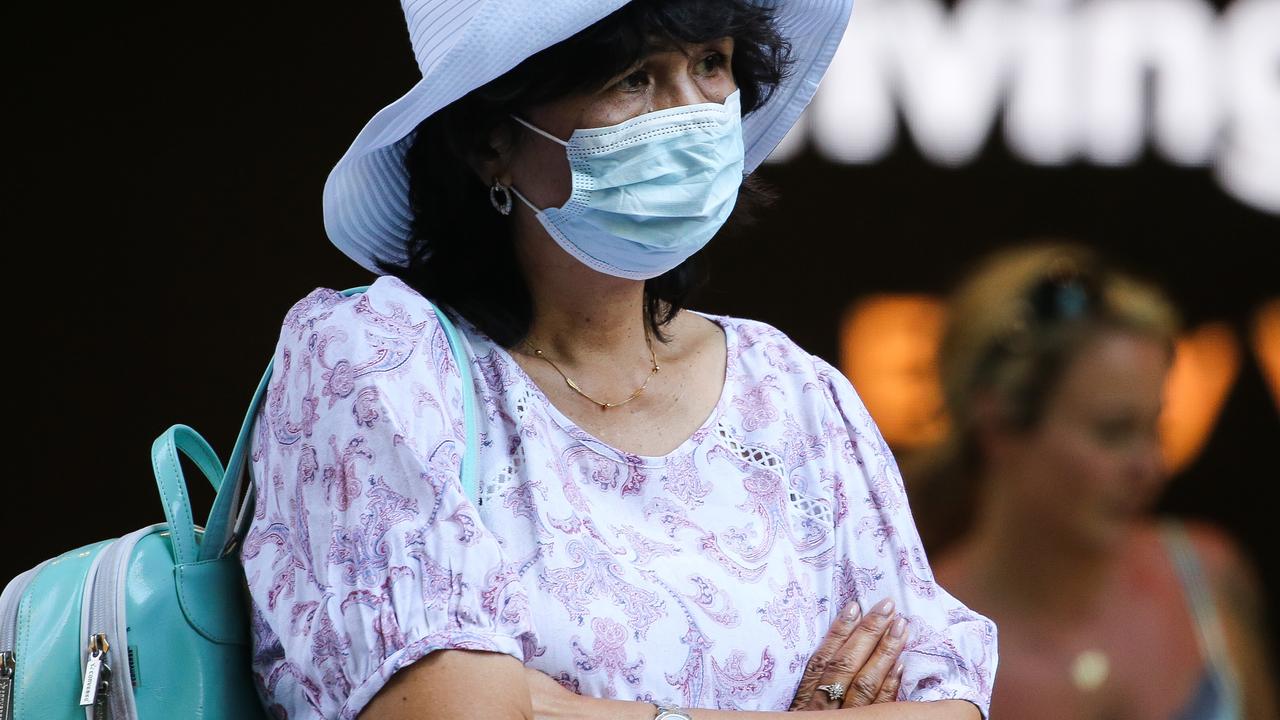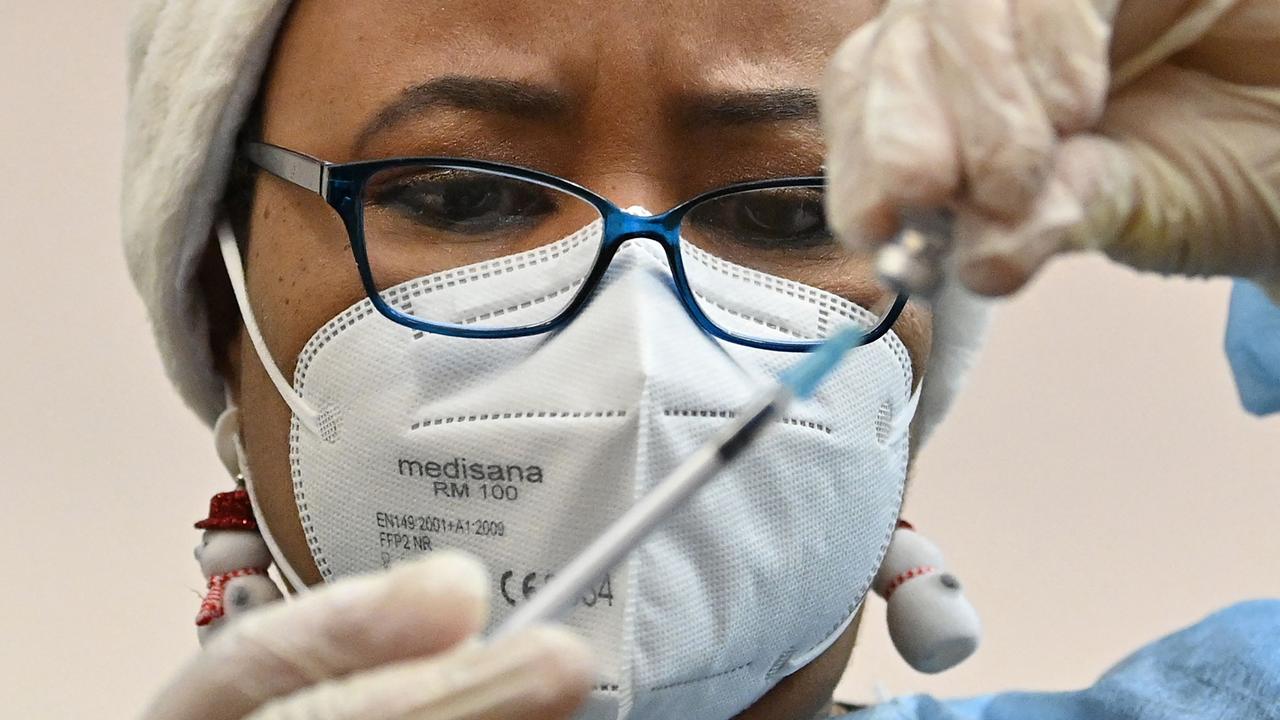Coronavirus: Countries that thought it was over are now struggling again
We thought we had it under control. We were wrong. Around the world, nations once praised for their pandemic response are now struggling.

Cases are back on the rise in Europe. China is fighting against fresh outbreaks. Japan is seeing its worst numbers yet. Epidemiologists are asking, what’s next?
It’s out of control in the United States, Brazil and Russia.
Now the Asia Pacific and Europe are buckling under the strain.
The COVID-19 pandemic has found the cracks in our economic, social and political systems. It’s exploiting them ruthlessly.
The young. The underemployed. The privileged. The oppressed. The impatient.
All are identified as the source of renewed outbreaks of the scourge across the world. Now coronavirus pandemic “continues to accelerate,” with a doubling of cases over the last six weeks, the World Health Organisation says.
RELATED: Woman gave 71 virus in 60 seconds
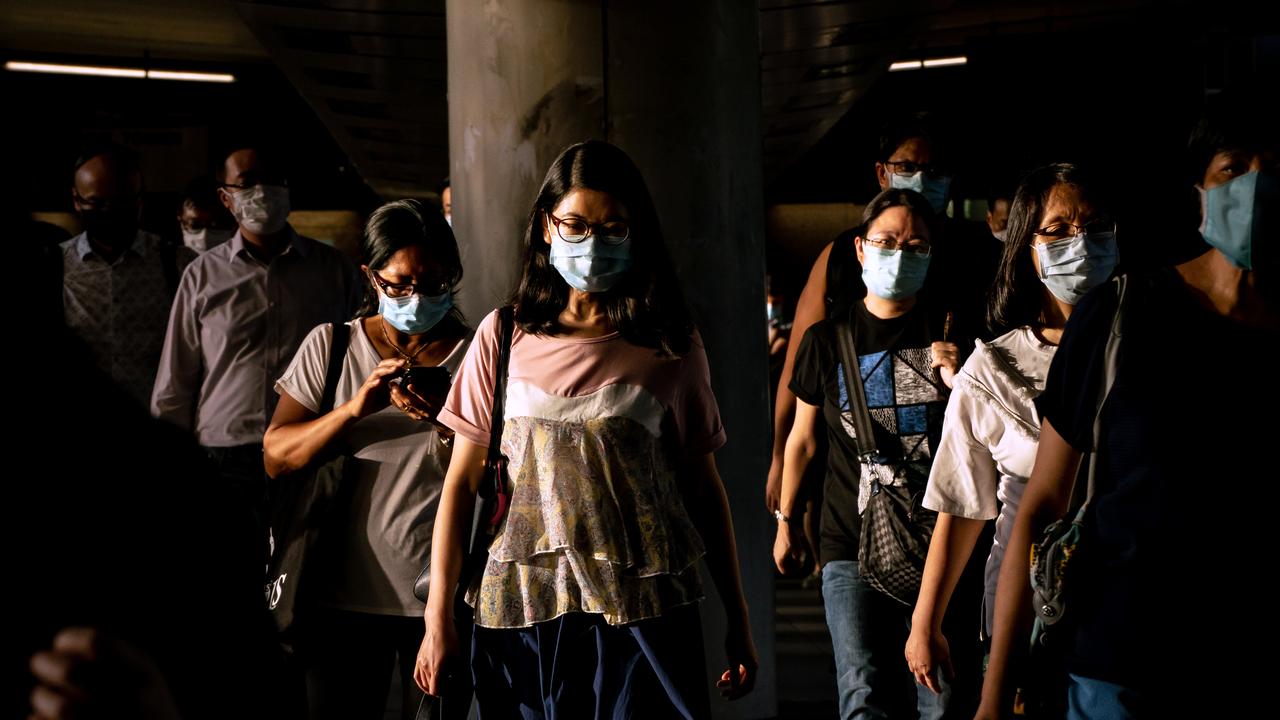
Hong Kong has experienced a surge of more than 100 new cases daily after appearing almost virus free.
Japan, in the past week, counted some 5000 new infections, with Tokyo at its epicentre.
Vietnam was a COVID miracle. Yet, on Monday, it began evacuating 80,000 tourists from the city of Da Nang after an outbreak was detected there.
Spain is suffering a resurgence. There are fresh outbreaks in France. Eastern Europe is seeing a steep increase in cases after dodging much of the early wave.
RELATED: Follow our live coronavirus coverage

Australia is also struggling to put the lid on a dramatic resurgence after relaxing restrictions in June.
The consequences are precisely as epidemiologists warned.
Health workers are getting sick. Hospitals are groaning under the weight of patients. And people are dying.
WHAT WENT WRONG?
Governments across the world proclaimed the same message. We’re safe. We can relax. We can get back to school and work again.
But COVID had not been defeated. And its exponential growth potential was still not widely comprehended.
“I thought it would behave more like the flu than it has and I didn’t think we would see these upsurges,” admits University of Michigan epidemiologist Professor Arnold Monto.
But infectious London School of Hygiene diseases expert Professor Graham Medley says the pandemic’s return was more about us than the virus.
“There isn’t a particular trigger – it’s just part of that process of exponential growth,” he says. “All of a sudden the numbers have got bigger. But in fact, they’ve been growing slowly over the past month or two.”
All COVID-19 needed was a chance to do the maths. And it’s done very well because it’s had ample opportunity to do so.
Complacency: Populations were tired of being imprisoned in their own homes. They wanted their old lives back. Bars. Clubs. Restaurants. Gyms. Sports arenas. All beckoned. And the threat seemed a long way away. So it was easy to assume they wouldn’t get infected.
Impatience: Economies were hurting. And the success of initial lockdowns appeared promising. With supply chains collapsing and profits plunging, urgent action seemed to be necessary.

Misinformation: Deliberate, often co-ordinated, social media campaigns have been attempting to downplay the virus’ threat, or even paint it as a hoax. There’s always a willing audience somewhere.
Mutation: It’s only been confirmed in the lab. The real world is a very different place. But COVID-19 appears to have mutated in ways that make it even more contagious than it was in January.
Now the battle to contain the pandemic must begin again.
(6/9) Of course, if we were now to relax, transmission could resurge. If the measures started on 20 July are sustained, we should see daily case numbers drop to zero within around 4-6 weeks. We may also need two weeks of zero cases before deciding measures can be relaxed.
— Ben Cowling (@bencowling88) July 30, 2020
“Our previous epidemic in March was successfully suppressed by the implementation of work-from-home for civil servants and private businesses, closing bars and leisure facilities, and enhancing social distancing in restaurants,” says Hong Kong University public health professor Ben Kowling.
“Every government in the world is looking for the right combination of public health measures that have a greater effect on suppressing COVID-19 with a lesser economic impact. We all recognise it is a difficult balance.”
UNDER SIEGE
Even though experiencing new outbreaks, conditions in Japan, Hong Kong, France and Australia remain nowhere near as dire as the US, Brazil or Russia.
Surging death tolls are the blood-price they must pay for inaction.
“If we get a widespread uptake of vaccine, we can put an end to this pandemic, and we can create a veil of immunity,” US infectious disease expert Dr Anthony Fauci said earlier this week.
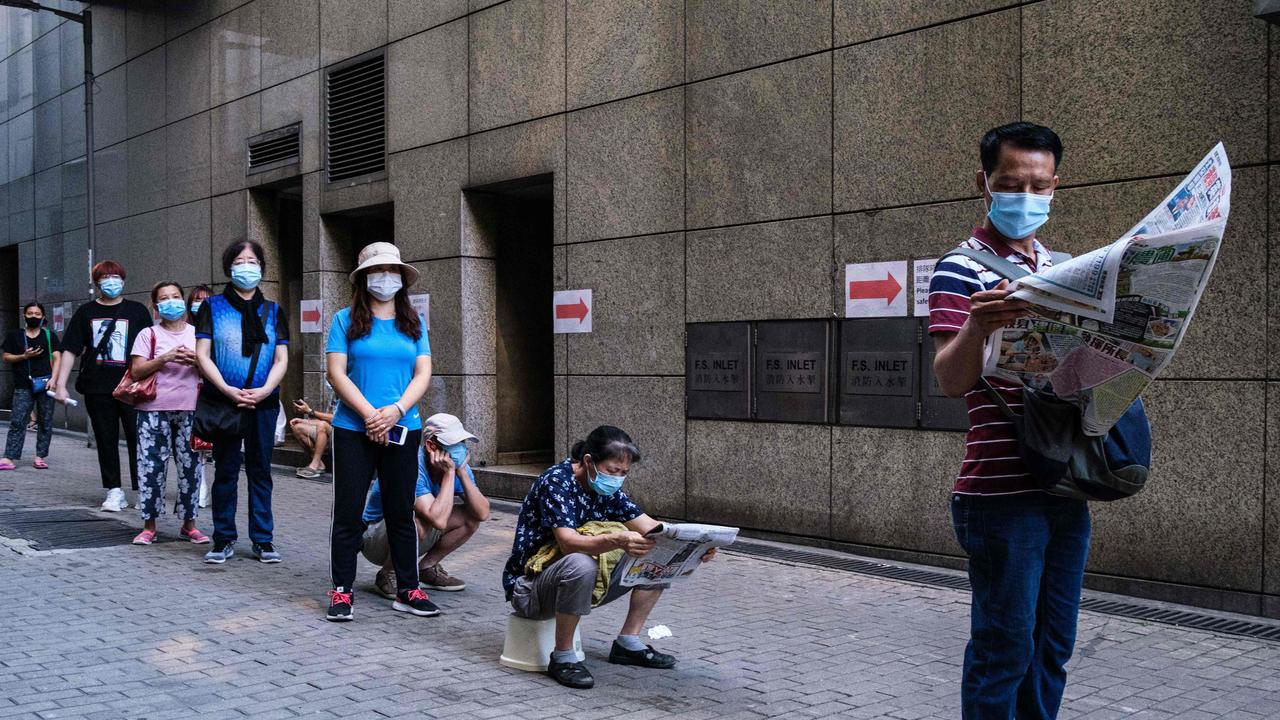
But health officials across the world have having to deal with the here and now.
“We don’t know if this is the start of a second wave – but of course it could be,” Germany’s public health head Lothar Wieler told media yesterday.
France isn’t taking any chances.
It’s worried about the risk to already strained supply lines. So, it’s ordered businesses to “build a preventive stock of protective masks for 10 weeks to be able to deal with a potential resurgence of the pandemic” and continue with their duties.
“We have cancelled much of the progress that we’d achieved in the first weeks of lockdown-easing,” French health authorities warned. With more than 30,000 dead, the number of cases has returned to levels not seen since May. Most new infections are among 18 to 25-year-old travellers.
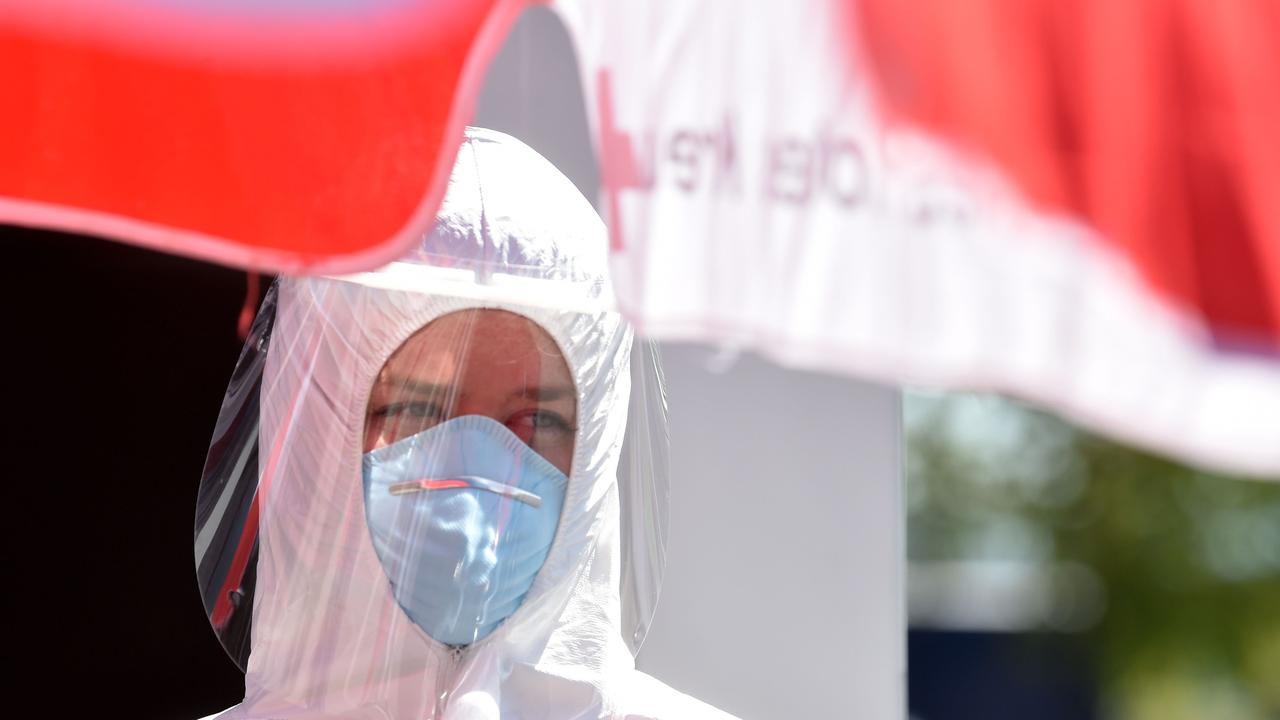
“We have cancelled much of the progress that we’d achieved in the first weeks of lockdown-easing,” Germany’s Health Minister Jens Spahn said as his country struggles to cope with 800 new infections daily. “What I find alarming is that we’re increasingly seeing outbreaks within families, among groups of friends, and that seems to be connected to people returning from high-risk areas.”
PRICE OF SURRENDER
Sweden, which surprised the world with its relaxed response to the pandemic, has suffered some 5700 deaths.
Its death rate – the proportion of fatalities among its total number of infected – is about 25 per cent worse than the United States.
Now its controversial decision to continue “life as normal”, with shops, restaurants and schools staying open, is producing a different pandemic cycle to the rest of the world.
“We’ve actually seen a clearly declining trend in the number of patients in intensive care and also in the number of deaths since the middle of April,” says epidemiologist Anna Mia Ekström.
But it’s not due to herd immunity. Just 10 per cent of Stockholm’s population have developed antibodies to the disease. And it’s not sure these will persist beyond a few weeks.
“We know that we’ve had more cases in Sweden than for instance in Norway and Denmark and Finland, our neighbouring countries, many more. But whether that means that we are on our way to herd immunity is a big unknown,” professor of infection disease Jan Albert told Euronews.

Instead, epidemiologists are thanking the pleasant weather.
Sweden’s downturn in infections is because it’s the summer holiday season. People are mingling less at work and on public transport. They’re spending time outdoors.
COVID-19 isn’t being given as cushy a ride as it had been.
The opposite has been happening in Spain.
Hit hard by the initial pandemic surge, Madrid has been keen to revive its agriculture and tourism-based economy.
Now its low-paid seasonal farm workers, who cannot afford not to work, are at the epicentre of a new outbreak. They are housed in crowded dormitories. Many fear the authorities.
But young tourists enjoying Spain’s beaches, bars and nightclubs are also a significant factor behind that country’s 14,000 cases in the week to July 26.
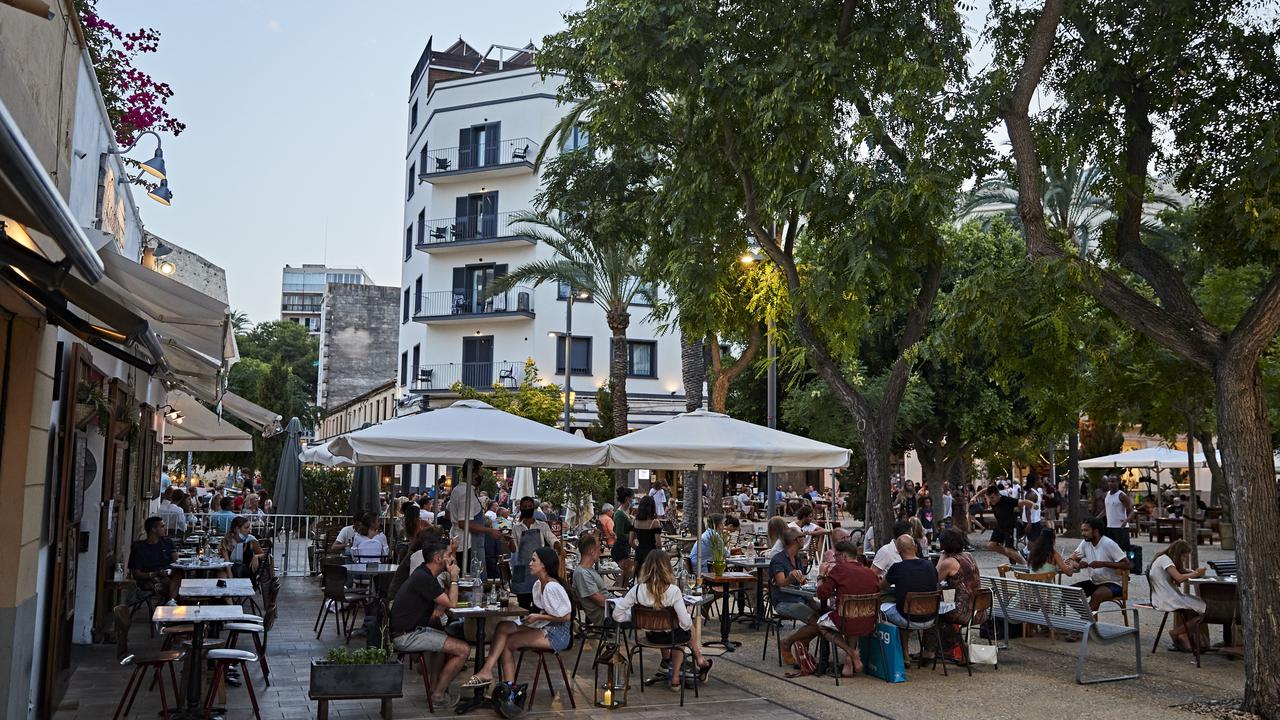
Meanwhile, the United States continues to struggle with the reality of the pandemic.
The nation has topped 150,000 deaths. Arkansas, Florida, Montana and Oregon are beginning to see the inevitable price of cases spiralling out of control a fortnight ago.
“I think the fact that we as a country have not been able to get our arms around this, have not prioritised preventing those deaths is all that much more maddening,” director of the Harvard Global Health Institute Dr Ashish Jha told CNN. “And so, for me it’s frustration, it’s sadness. And a resolve to try to figure out how we prevent the next 150,000.”
Jamie Seidel is a freelance writer | @JamieSeidel


